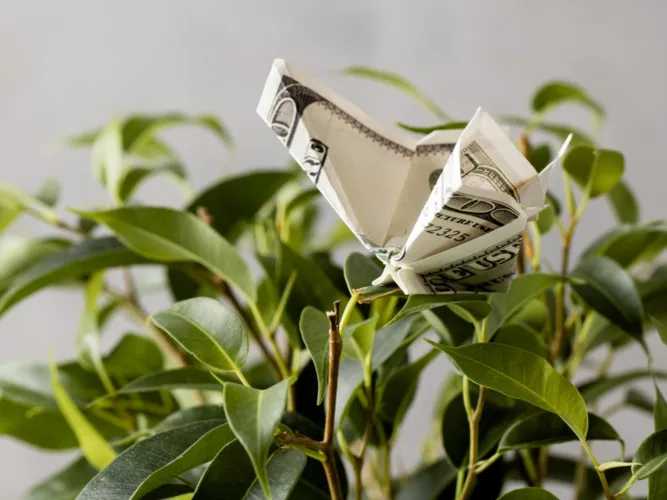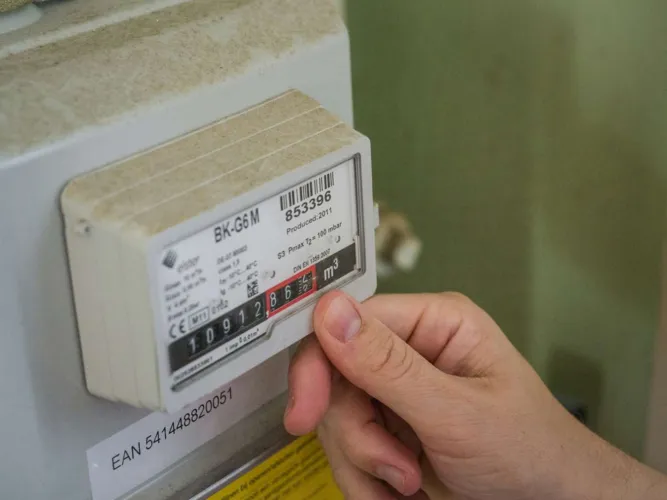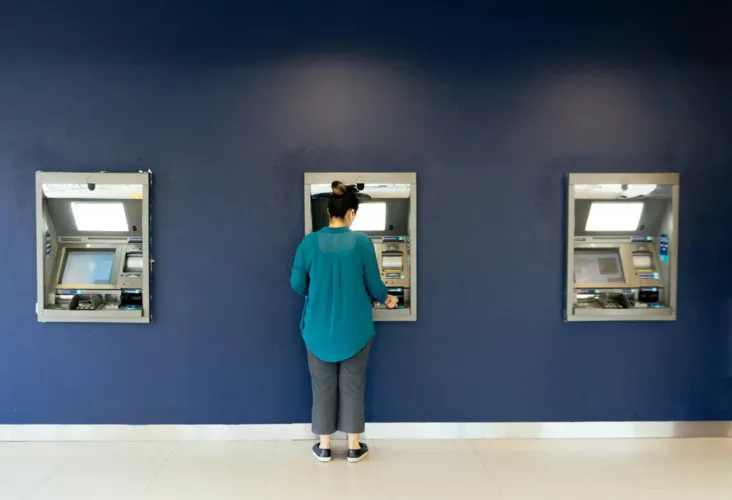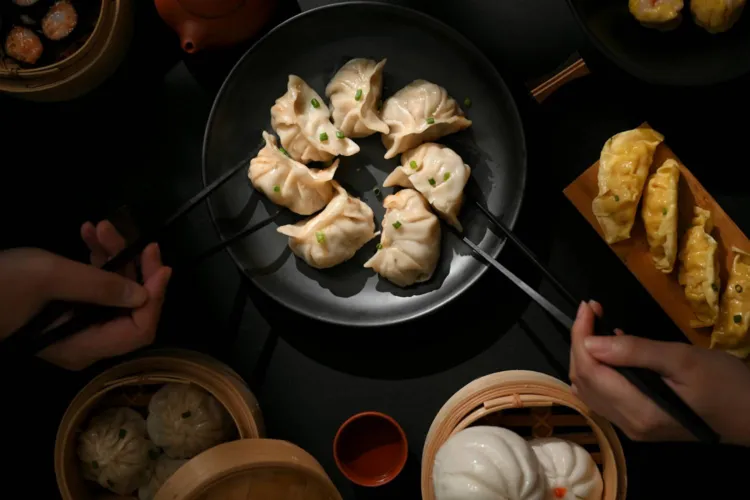The Singapore Luxury Goods Market is growing fast. It’s projected to hit US$528.31 million in 2025 and grow at a CAGR of 8.38% through 2029. By then, it could reach nearly US$729 million. This puts Singapore at the center of luxury retail in Southeast Asia. Driving this growth is a rare mix of wealth, urban sophistication, and a new generation of affluent, younger consumers. Let’s take a closer look!
Wealth Concentration Fuels Demand
Singapore has one of the world’s highest concentrations of wealthy individuals. As of 2023, 8.8% of adults in Singapore are millionaires. The number of ultra-high-net-worth individuals (UHNWIs) rose by 5.4%, reaching 4,200.
This pool of high-spending residents continues to shape demand for premium retail, from watches and jewelry to designer fashion and accessories.
Singapore Luxury Goods Market: Retail Sales and Store Expansions
Luxury retail in Singapore isn’t just surviving—it’s booming. In 2023, luxury goods sales jumped 11%, reaching S$12.4 billion (around US$9.1 billion). That same year, 12% more luxury stores opened, and rents rose or held steady in 75% of retail markets.
The Southern region, including Sentosa Island and Harbourfront, saw the biggest leap. Luxury sales there grew by 32% year-on-year in 2023, totaling S$1.8 billion. The area welcomed 18 new international luxury outlets, with a 27% increase in premium retail choices.
The Target Market of Singapore Luxury Goods Market: Young, Digital, and Demanding
The real story behind the Singapore Luxury Goods Market is changing consumer demographics. People under 40 now make up 67% of all luxury purchases. These younger buyers are digitally driven, with over 70% of buying decisions influenced by online channels.
Read Also: Cracking Singapore Digital Media Trends Today—Don’t Ignore This
They aren’t just buying what’s trendy—they’re demanding limited editions, exclusivity, and sustainability. On average, they spend SGD 12,500 per year on luxury goods.
Luxury brands in Singapore are responding with personalized shopping, exclusive online previews, and eco-conscious offerings to keep this new generation engaged.
Read Also: Singapore Financial Services Innovation to Transform the Sector
Watches, Jewelry, and Big Ticket Items
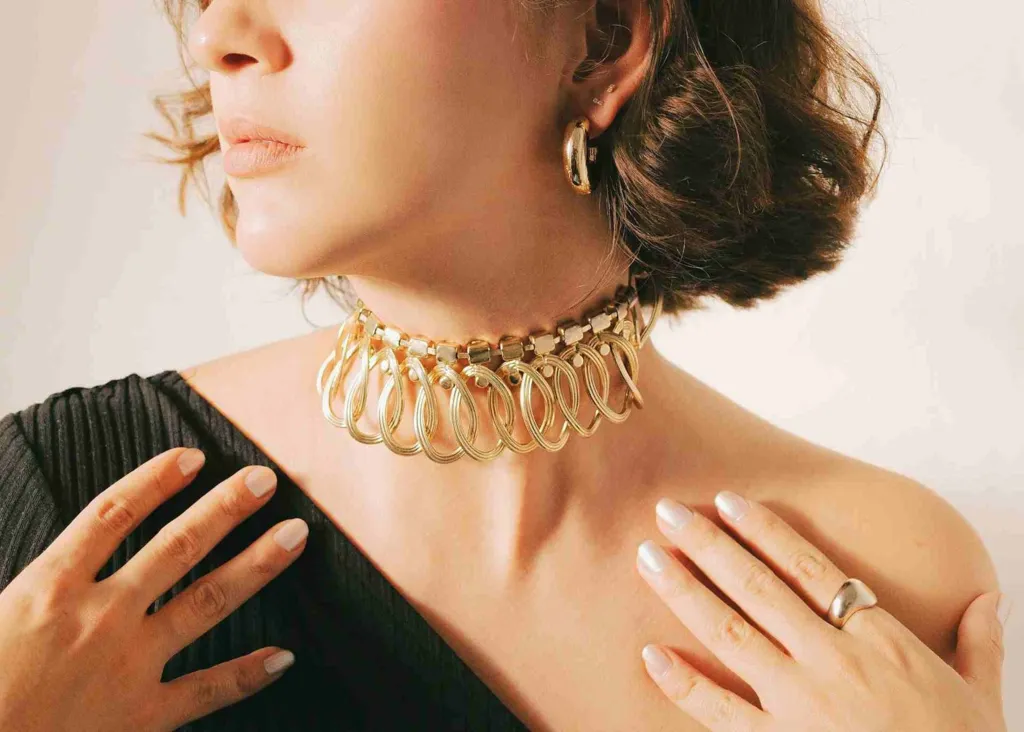
Among all luxury items, the Singapore Tourism Board (STB) estimated that watches and jewelry dominate. These categories account for 41% of all luxury transactions in integrated resorts, with an average purchase of SGD 12,800 per transaction. These are not simply casual buys, but a reflection to a desire for timeless, high-value goods.
The Second-Hand Market Goes Mainstream
Sustainability is also changing the way Singaporeans shop for luxury. The second-hand luxury market is booming and now valued at US$34.2 billion globally. It’s growing fast in Singapore too, as more consumers seek eco-friendly choices and investment-worthy pieces. This trend makes luxury more accessible, while also supporting the values of the next generation of consumers.
What Awaits the Singapore Luxury Goods Market
Singapore’s luxury market is expanding—and evolving. It’s driven by wealthy locals, digitally-savvy millennials, and a global demand for high-quality, meaningful purchases. With more store openings, record-breaking sales, and shifting consumer values, the Singapore Luxury Goods Market is set for even more growth. Whether it’s first-hand designer fashion or a second-hand collector’s watch, luxury in Singapore is no longer just about price. It’s about experience, identity, and values—and that makes this boom unlike any before.




